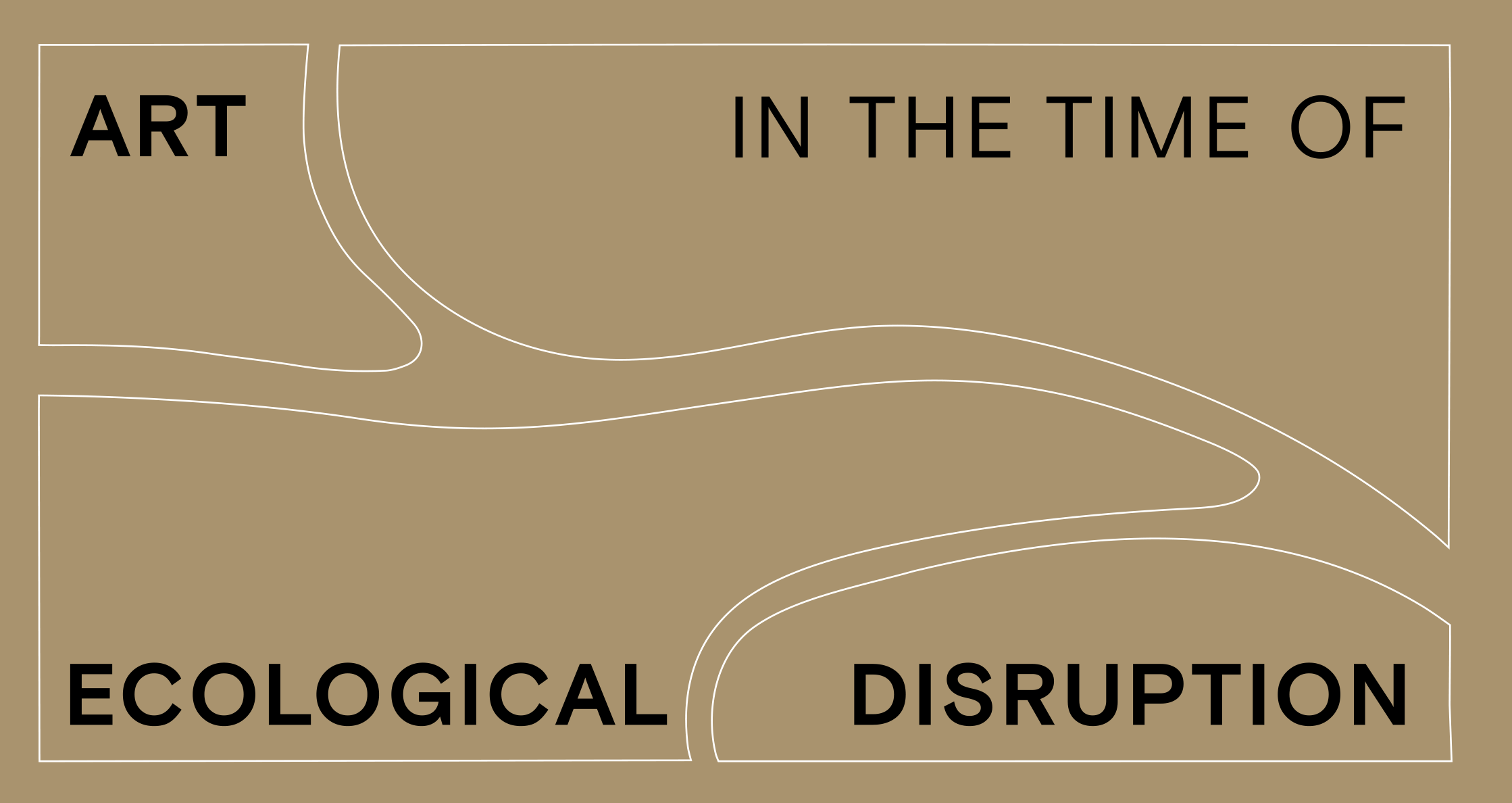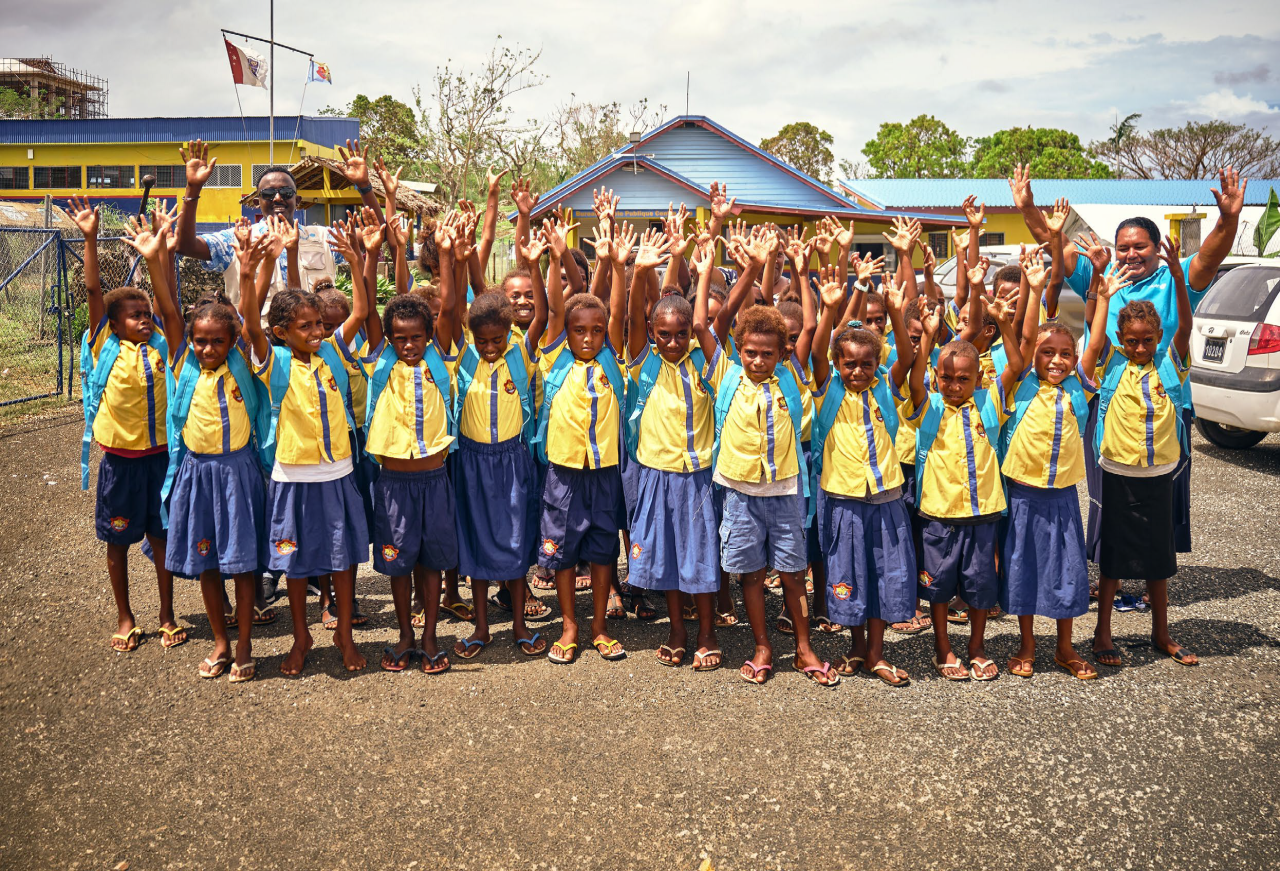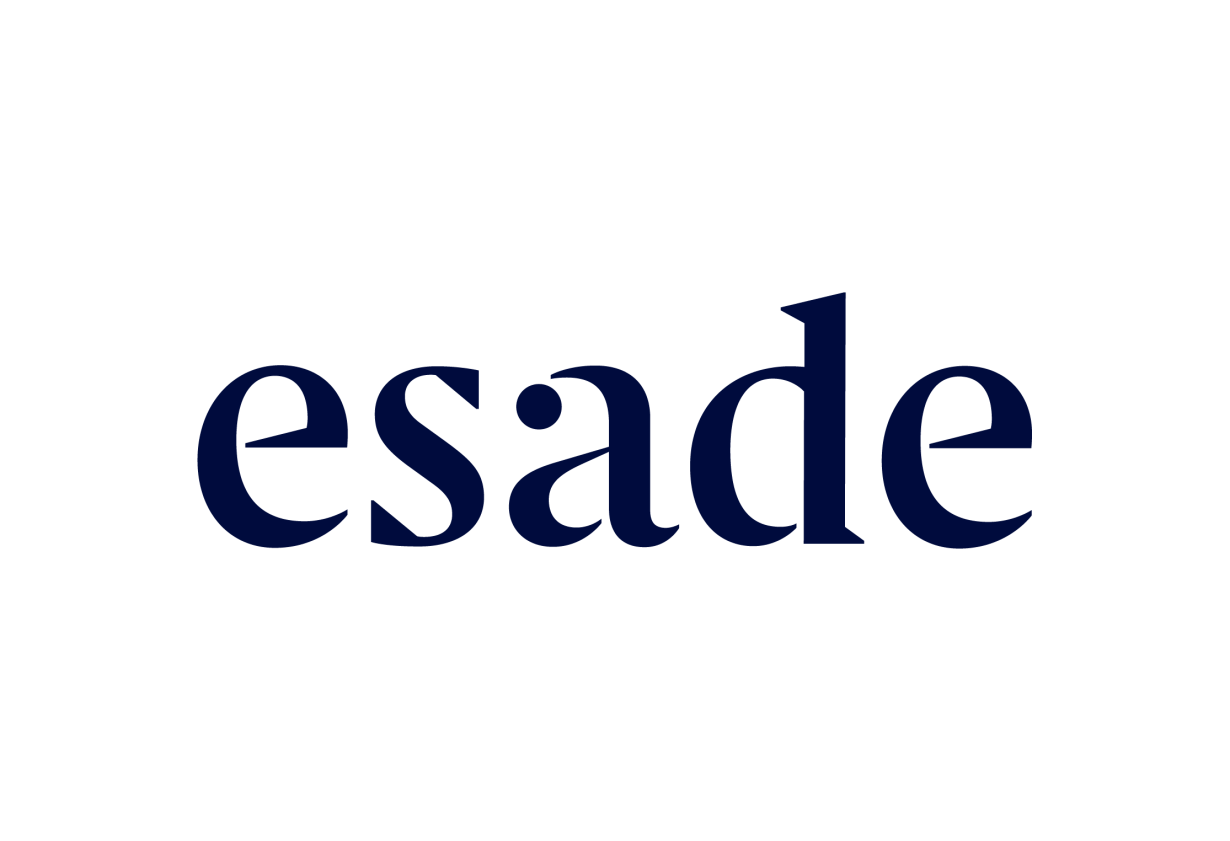
How can visual artists bring a cultural response to the climate crisis? On 19 November 2021, in Madrid, the International Association of Corporate Collections of Contemporary Art (IACCCA) organised a symposium Art in the Time of Ecological Disruption IACCA members, including the EIB art collection, came together to explore the possibility of formulating a cultural response to the climate crisis.
The symposium brought together high-profile professionals from the cultural world: artists, curators, academics, creative producers and representatives of cultural organisations to discuss how art could play a role in imagining new ways of living in our present time. Speakers included Alice Sharp, founder of Invisible Dust, an organisation that works with leading artists and scientists to produce climate-conscious contemporary art, and Markus Reymann, co-founder of TBA21 Academy, an organisation that fosters a deeper relationship with the ocean through contemporary art), among others.
The accompanying publication, made of recycled fabric, featured three of the EIB art collection’s most climate-engaged artists: Cooking Sections, the artistic duo made up of Daniel Fernández Pascual and Alon Schwabe, who were formerly artists in residence at the Bank, Magdalena Jetelová, and Otobong Nkanga, one of the art collection’s most recent acquisitions.
The keynote speech was given by Cooking Sections, who were recently nominated for the Turner Prize, one of contemporary art’s most prestigious awards. Cooking Sections’ work exemplifies the ultimate science communication, cutting through the headlines and statistics to reach audiences on an emotional level. Their belief that “the gallery is an amplifier of ideas” has led them to bring the climate crisis into the heart of cultural conversations.
While completing the EIB’s Artists Development Programme (ADP) in 2016, Cooking Sections worked under the mentorship of Darren Almond, responding to the theme, “The Imprint of Man – Representing the Anthropocene”, which interrogated the relationship between humans and their environment. Their final works were Speculations on Disappearance and To Stop Working For Pay Is To Pay To Stop Working. The former explored the role of banks in mitigating species extinction, while the latter meditated upon the heightened politics of tourism in an age of climate change. It is a rare example of a physical work by the artists, who work primarily in performance and installation.
The ADP was one of the first artists’ residencies to pioneer the Anthropocene as a guiding theme, highlighting the programme’s longstanding commitment to championing climate-focused artists.




